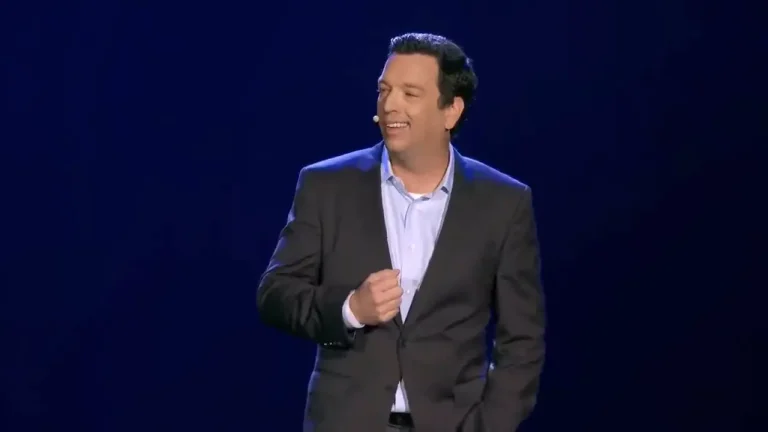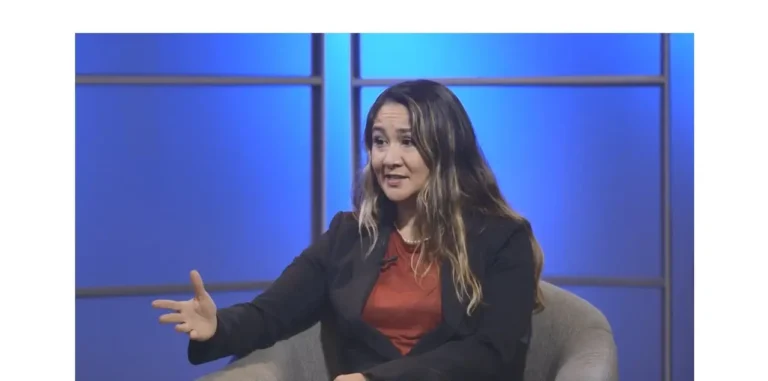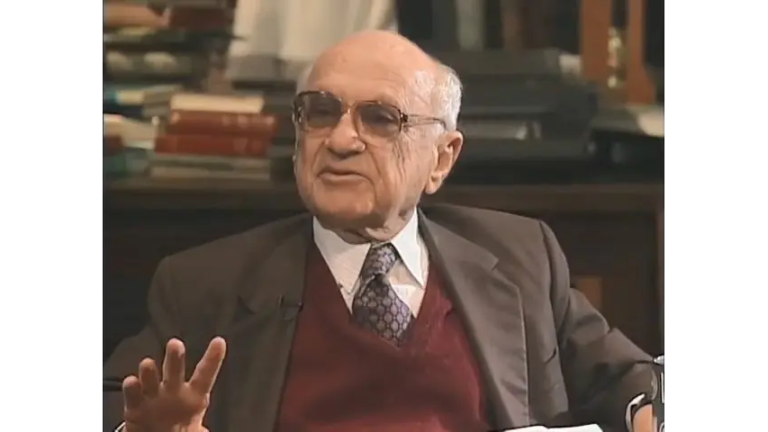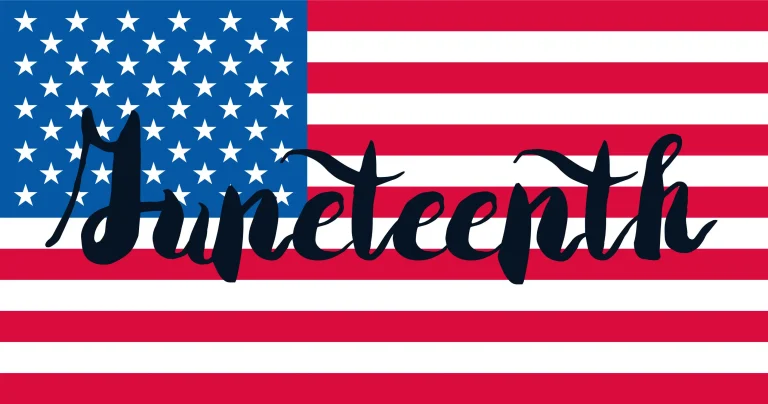Incoming! How to handle media requests in a crisis
Reporters don’t care how busy you are or how many hats you are juggling. Here are some tips for when and how to respond to crisis inquiries and keep your head on straight.
It’s one of the greatest challenges any media relations professional will face: A crisis hits your organization out of the blue. Reporters have questions. Emails, texts and calls start piling up like urgent bills to be paid.
Though it’s tempting to retreat into a shell during a crisis—saying as little as possible to avoid further trouble—that’s almost always the wrong approach. If you’re not telling your story, your competitors and critics will fill the vacuum with a much less favorable narrative.
Your key stakeholders need to hear from you—and for many of them, media stories will be a primary source of information about the crisis.
Responsiveness in a crisis is also crucial for your long-term relationship with the news outlets that cover your organization. Think of all the times you’ve pitched stories, sometimes successfully, to these reporters—including stories that really aren’t that newsworthy! (We’ve all been there.)
When they’re covering a crisis involving your organization, these reporters desperately need you. If you can’t get back to them now, they’ll be much less likely to work with you down the road.
That’s why my first tip is to respond, even if you’re only saying “I can’t talk now, but we’ll have a statement in an hour,” which isn’t at all uncommon in the first hours of a crisis. In crisis comms, silence is not golden.
In the coming days and weeks, you’re likely to engage in a lot of back and forth with each reporter covering the crisis as new storylines emerge and fresh information arises. Your success in shaping the story will depend in part on keeping that conversation going, even when you need to push back or say, “No.”
Most organizations struggle to keep up with the pace of media inquiries, especially in the first few days of a crisis. So my second tip is to expand your media relations team, either internally or by bringing in consultants. Assign a traffic cop to create and maintain a running list of inquiries, scheduled interviews, promised follow-ups and the like—you’ll need more structure to keep track of it all than you usually need. (You’ll also want to increase the depth and frequency of media monitoring, including social media.)
I’m often asked about prioritizing media outlets during a crisis. It’s tempting, and sometimes strategically sound, to provide more information and access to reporters and outlets that tend to provide more favorable coverage—but let’s think counterintuitively for a moment.
In a crisis, your organization’s reputation is on the line. Reputation can be defined as your stakeholders’ opinions of you. You’ll want to shape the coverage of the crisis by every outlet that could influence those opinions, including those outlets that tend to be tough on you. In fact, those outlets are arguably the top priority during the crisis, because they can cause the most damage to your reputation.
So while it can make sense to steer particularly sensitive situations toward gentler outlets—the first on-camera interview with your CEO, for instance—it’s best to avoid freezing anyone out. The resources in time and effort that you devote toward shaping negative coverage is often worth more in a crisis than generating relatively positive coverage.
(Of course, some outlets are beyond the pale. I’ve got no problem with ignoring requests from fringe bloggers or others who may have a platform but aren’t relevant to your key audiences.)
Because the onslaught of media requests can be overwhelming, even with a beefed-up team, many organizations in a crisis use regularly scheduled briefings, press conferences or updates to highlight new developments. A daily update lets reporters advance the story while giving you a predictable, controllable window to present your organization’s narrative. It also provides you a backstop when reporters ask questions in the interim. “We’ll have more at our daily briefing” is a common placeholder response that buys you time when developing answers to difficult questions.
My final tip is to take the long view. During the crisis, develop a recovery strategy and incorporate it into your media relations tactics. In your conversations with reporters, try to get a sense of their plans for future coverage as the crisis is dying down.
If the sympathetic local TV news reporter shows interest in a feature on how your employees fared during the crisis, take advantage of the opportunity to showcase your heroes. If an aggressive reporter at the leading newspaper wants to do an investigative piece, consider steering her toward a narrative about your organization’s desire to identify and fix problems. I’ve found that the post-crisis coverage is as important as the crisis coverage in shaping stakeholders’ views of your organization.
Think of it as an opportunity as much as a risk.
Nick Lanyi is an affiliate consultant with Ragan Consulting Group, helping clients craft stories that move audiences to act. An independent writer and communications consultant, he led the public affairs practice in the D.C. office of Porter Novelli and was managing director at public affairs boutique LMG.
Contact our client team to learn more about how we can help you with your communications. Follow RCG on LinkedIn and subscribe to our weekly newsletter here.







